It’s October. You’ve spent the first few weeks of school setting up your reading workshop. You’ve taught the kids how to build reading stamina. They’re able to choose just-right books for themselves (well, most of the time!). You’ve started your individual or small group reading conferences. Things are going reasonably smoothly. In fact, you might be asking yourself…”Now what?”
Once my routines and procedures were well established for reading workshop, I always wanted to dive into meeting with as many kids as possible, as soon as possible. However, I recently read something that made me reconsider this. Over the summer, I read a great book by Jennifer Serravallo (who works with the Teachers College Reading and Writing Project), The Literacy Teacher’s Playbook (K-2). In one of the chapters, she talks about the value of sitting back and kid-watching for an entire reading workshop period. Doing this allows you to notice things like the following: Who is engaged in their books for the entire reading time? Who frequently gets up and goes to the bathroom or gets a drink? Who seems to stare at pages for a long time before turning them? Who is jotting on sticky notes? While you are kid-watching, make sure to jot down lots of notes, or you may even want to come up with a checklist to keep track of students’ behaviors.
I think this is such a valuable exercise, because it gives you a chance to see things that you wouldn’t otherwise notice when you are occupied with a small group or reading conference. After your workshop routines are established, give yourself permission to sit back and kid-watch before you dive into reading conferences! Depending on how things are going, you may want to do this again, later on in the year.
Speaking of reading conferences, another thing that you can do “up the ante” of your reading workshop is to improve the quality of your individual reading conferences. Yes, I said “individual”! Even if you want to (or have to) do guided reading during students’ independent reading time, you also need to find time to meet with students individually. Otherwise, how will you know that they are making good use of their independent reading time? How will you know that they are choosing books that they can actually read? To me, individual reading conferences are a non-negotiable.
If you’re having trouble fitting in individual reading conferences because you do guided reading, try this: When you pull a group of students, have them bring their book bags or boxes with them. Start by quickly teaching a strategy that all of the students can apply, regardless of what book they are reading (i.e. stopping and checking for understanding, a decoding strategy, etc.). Then, meet with students individually at your guided reading table. Notice what books they are reading, how quickly they read, and whether or not they are using strategies independently. An added bonus to this is that the students are all right in front of you, so conferring can go even more quickly than usual. You could do this once a week with each of your guided reading groups, and still leave time for traditional guided reading during the rest of the week.
Anyway, back to improving the quality of reading conferences. Something that I always need to work on is limiting their length. I love sitting down with just one student and can easily end up spending 15 minutes on one conference! But since we want to have enough time to meet with all of our readers at least once a week, limiting the length of each reading conference is essential (I think I’ve heard 5 minutes as the ideal length). One easy way to help yourself pay more attention to the length of each conference is to carry a stopwatch with you and time each of your conferences. Also, remember that not every conference has to be a drawn out conversation. If you have asked a child to use a particular strategy during a conference, follow up with that child a few days later to see if he/she is still using that strategy. This takes just a minute or two and provides you with important data.
Click on the picture below to download a free conferring sheet. The sheet uses the structure of an observe-compliment-teach conference. You have the child read aloud or ask the child to talk about the text (observe), give the child a compliment (this reinforces what the child is doing well, encouraging him/her to continue doing it), and teach something to move the child forward.
I left the top part of the sheet blank so that you can decide if you want to make one sheet per child, or just write the date and use the same sheet to takes notes about conferences with multiple students.
Another way to take your reading workshop to the next level is to improve the quality of student conversations about text. Students should have opportunities to read together and/or talk about their reading with each other. In order to support students with their conversations, lots of modeling is necessary. Have one child act as your partner while the entire class watches. Model how to have a true conversation (going back and forth, asking the other person to tell more about what they are saying, etc.). If you provide students with discussion prompts or sentence starters, model how to incorporate those into your discussion.
When students are having their own conversations about books, sit and listen in. You can act as a participant in the conversation. Or, you can coach, whispering questions and comments to give a quieter child ideas about what to say during the discussion. If you notice that a pair or group of students is doing a great job with their discussion, videotape their conversation or ask them to do a “fishbowl” activity in front of the rest of the students (hold a conversation about books while the others watch and listen).
So far we have talked about kid-watching, improving the quality of reading conferences, and improving the quality of student conversations. This has turned into a looooong post, so thanks for hanging in there with me! One last tip I have to share is…allow your students to bring home books. Having students bring home their book bags nightly can be transformative for kids and their families. Many students do not have books to read at home, and a book or two from the school library is not enough reading material for an entire week. Allowing kids to bring home books from your classroom library (in which you have probably invested lots of time and money) can be scary. Yes, some will get lost. Yes, some will get chewed on by dogs and little brothers. But in my opinion, the value of providing students with material to read at home FAR outweighs the fact that you will probably lose a few of your books.
To make the take-home process easier, here’s what I did: I gave each student a 2.5 gallon baggie, as well as a 1 gallon baggie. I had them place the smaller baggie inside the larger one. All of the books they had checked out from the classroom library went in the larger baggie. But when they were ready to take a book or two home, they simply put it in the 1-gallon baggie. Upon returning to school, the 1-gallon baggie (with books) went back inside the larger baggie. This way, they could keep all of their books together while they were at school, and they didn’t have to bring home a full (and heavy) complete book bag at night.
If you need minilessons, posters, and other materials to help get your reading workshop up and running, check out my Reading Workshop Unit 1.
Or, if you’re already up and running with your reading workshop but need minilessons to teach decoding, comprehension, fluency, and vocabulary strategies, check out Unit 2-5.
Happy Teaching!



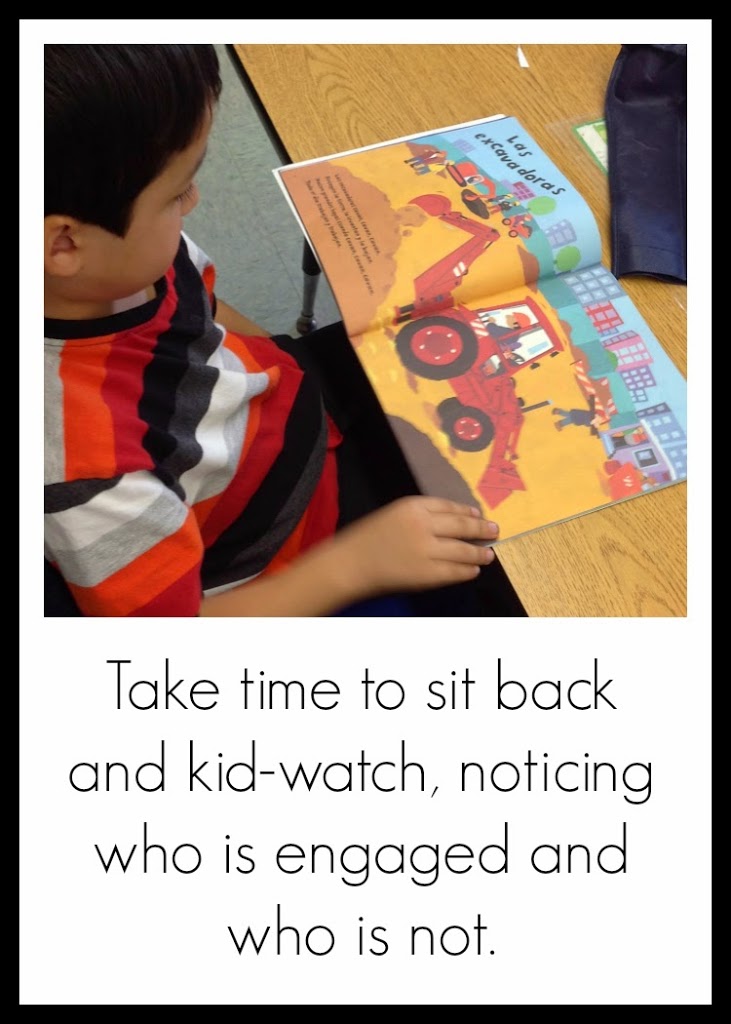
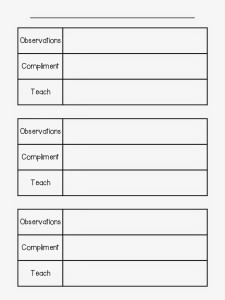
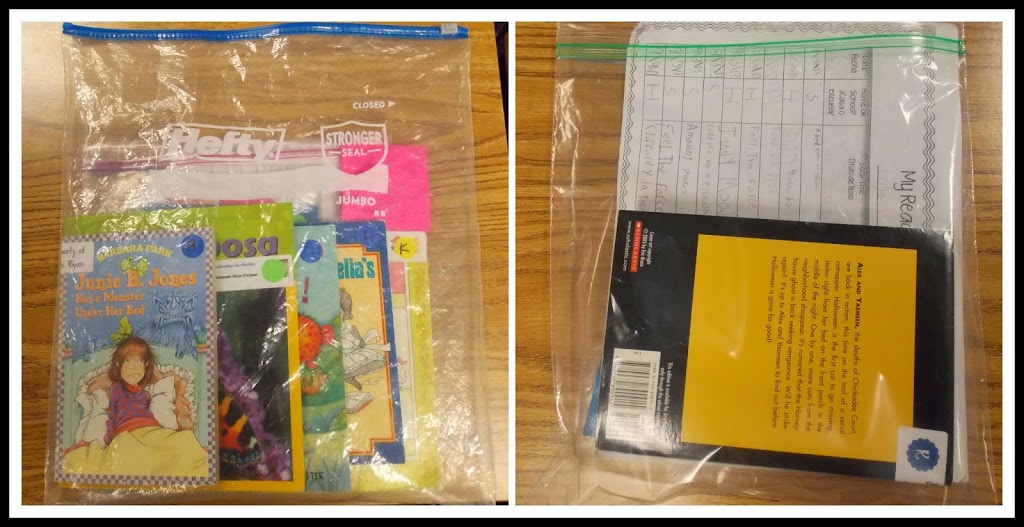

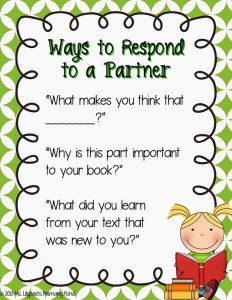
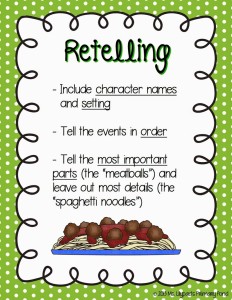
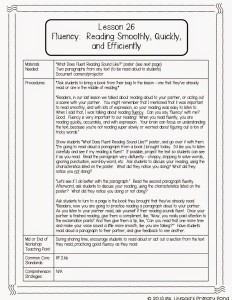
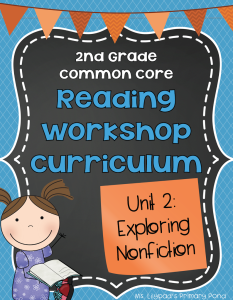
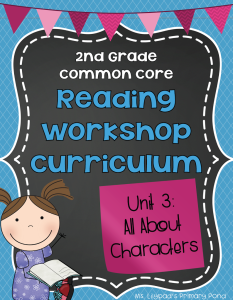
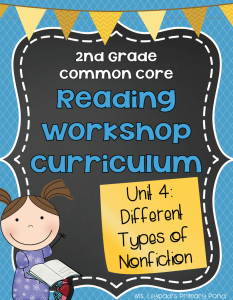

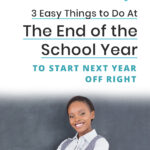

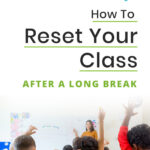
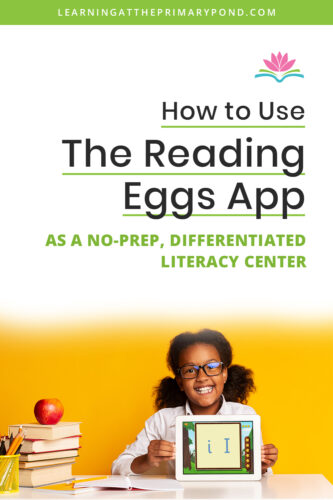








This comment has been removed by a blog administrator.